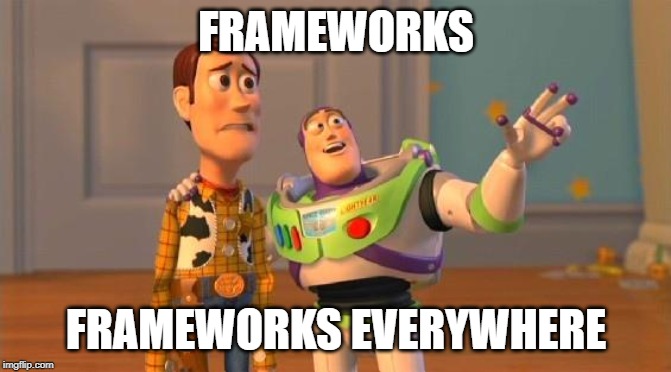(This series of posts is based on my literature review – ask me for sources in the comments.)

Authors. Love. Frameworks. They really do. Most build their own frameworks (i.e. a basic conceptional structure) without referencing other authors’ frameworks, and usually dedicate the majority of their publication (book or paper) to it. So I had two choices. I either explain each of these frameworks, and get lost in the detail; or keep it minimal, and find the recurring elements. I chose the latter. But feel free to ask about details in the comments.
As co-creation is still a forming field, there are various approaches on how it should be understood in a framework. Some authors have even already iterated on their initial frameworks in sequels to their first publications[1]. Frameworks show great diversity in how theoretic or practical they are, as well as their scope. However, 9 characteristics re-emerge most often.
- Most important are the need for an engagement platform, ideally built together with customers,
- and an equal dialogue must exist between company and customer
- But beyond these two main players, the full network of players should also be identified and involved.
- The interactions should be productive, i.e. aiming a specific outcome,
- but also place emphasis on the experience,
- and on emotions as much as on information.
- Interactions should be continuous versus one-time,
- processes and the entire company should be transparent,
- and instead of interacting with individuals, focus should be on involving the community.
The above set of characteristics is quite restrictive, in a way. E.g. in this view AB testing is not co-creation, because it is not transparent. But I’d argue that it is the entirety of your co-creation system that should fit this above set, versus each individual tool in your co-creation toolbox.
Just like service design is a multi-disciplinary field, so is co-creation. Some place it at the intersection of marketing, operations and HR. Others in the intersection of marketing, operations and design. While others emphasis that it needs strong ties to business results. My key take-away from this: co-creation is not a silo!
[1] As it is written by the same authors and references or reuses first publications’ frameworks, the book ‘This is Service Design Doing’ can be seen as a sequel of ‘This is Service Design Thinking’; and the book ‘The Co-Creation Paradigm’ can be seen as a sequel to ‘The Future of Competition’.




















